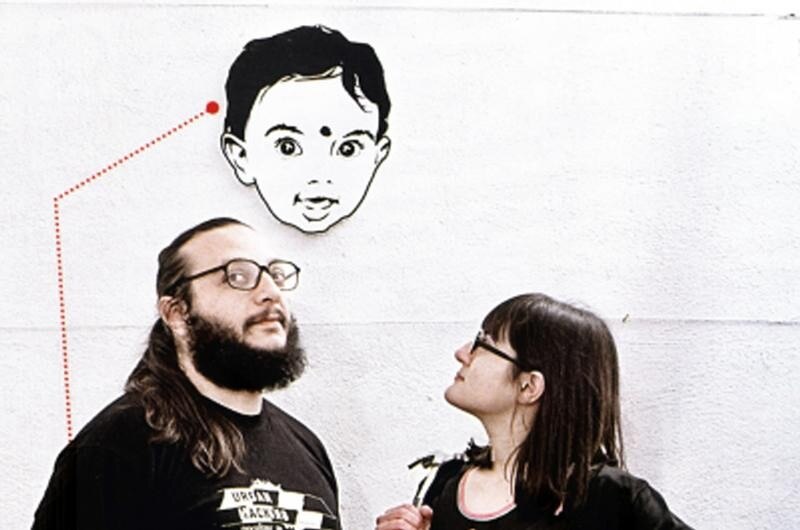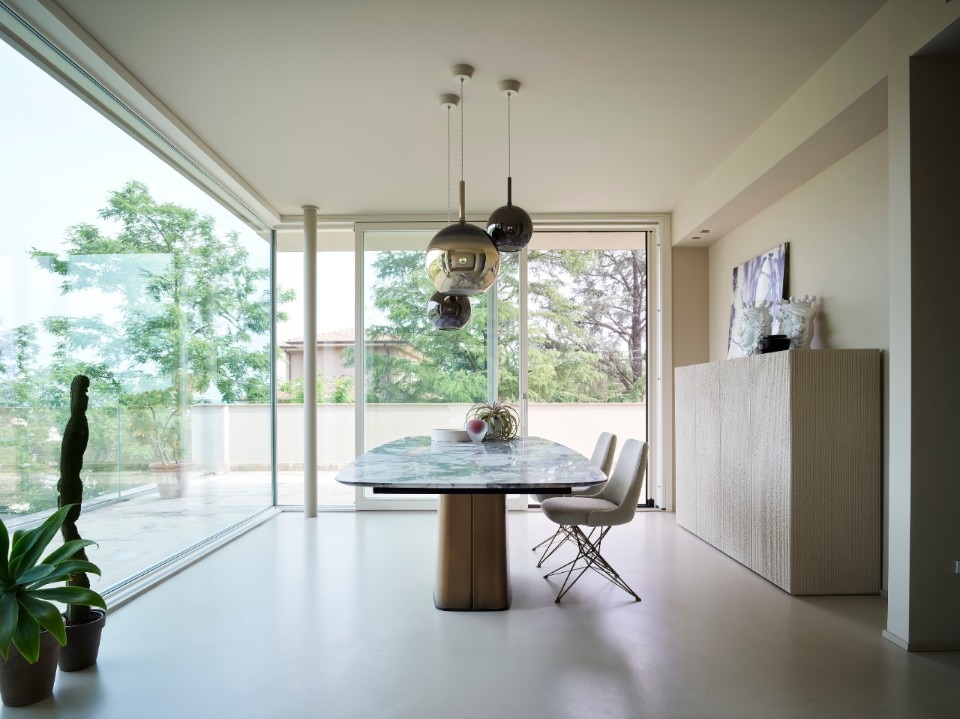We started asking them if technology as well as the way we are using it might provide semiotic pollution rather than new challenges, while many contributions were focusing about the communication problems with different cultures in a world apparently globalized.
FakePress is basically publisher with its main operative node in Rome and is formed by an heterogeneous group of people: Cary Hendrickson, expert in sustainability and innovative business models; Salvatore Iaconesi, artist, interaction designer and robotic engineer; Oriana Persico, communication scientist; Federico Ruberti, marketing, communication and cultural/artistic policies expert; and Luca Simeone, design anthropologist. They consider themselves exploring the social and anthropological consequences of the current technological evolutions, with the world wide web mutating into something that connects to things, people, surfaces, heartbeats, rhythms, light, environments: “We focus on the possibility of creating forms of publishing that create multiple realities that are layered in meanings and forms expressions. - says Salvatore Iaconesi - On abandoning the ideaof a "single", monolithic, given reality, and opening up to possible ones. This multiplication of the "real" bring us straight into the first possible definition of "fake" in our name.
Pierfrancesco Cravel: Fake during a conference about how culture is making worlds? Why? We would rather look for authenticity. By the way, how’s your son?
Salvatore Iaconesi : Angel_F - the acronym for Autonomous Non-Generative E-volitive Life_Form - is in fantastic shape! Thanks! And it is still one of the best examples of what we mean by "makingworlds". Angel_F is representative of a new idea of the world in which many layers of meanings overlap not only in the same place, but also in the same "person": just think about the ways in which we can have multiple identities on the net, even inside the same social network. Fake becomes a new reality. Someway etymologically and paradoxically authentic.
FakePress is the way in which we observe these processes. A publishing house that does not produce any books, but investigates what is happening to our daily practices, also on a technological level. Some truly entertaining scenarios come out of this process, in which what was once called publishing is really changing. So that we can actually avoid publishing books and, instead, create publications that you can "read" by walking through architecture, handling objects, wearing them and, in each case, overlaying ordinary, daily realities with extra-ordinary, emotional, expressive ones. Because now we have these possibilities.
P.F.C.: Basically you are makers of augmented worlds. Does digital culture produce such an augmented reality?
S.I. : The term "Augmented Reality" can mean many things, and the current main interpretation of the concept is quite limited in a way. We should look both to the past and to the future: if we do, we will find that we can work with this concept but that its definition is not a clear one.
We are not just busy layering our visual reality with digital content represented three-dimensionally, like we see in innovative advertisements and technological showcases, we are trying to create practices and tools that can be used to create new layers of reality so that multiple voices and perspectives have the possibility to express themselves on the same spaces, objects, times, places, activities.
P.F.C.: We think about a publisher as someone who prints, adds information, like you were saying, and, at the same time, you are presenting an application like Squatting Supermarkets which basically re-organizes information, cleans and filters it. What about 'trash' on the net? Is that the new publisher’s task?
S.I.: I think that a contemporary publisher could create a platform to be what you suggest - a filter for all the junk that is out there - and that is a necessary part of any attempt like this. But we're not here to screen, edit control or even judge what's out there, what we're thinking about goes in another direction which is the creation of an open platform for the gathering or aggregating of information as well as for people to have a space for themselves to directly interact with everyday products, objects, places, etc. and other people even long after they have left a place.
The Squatting Supermarkets presentation was not just about giving consumers a platform from which to throw another voice into the mix of criticisms on the net but to show that there are open ways for people to insert, to layer, to squat etc. on anything and everything and to dialogue with one another in new ways. Of course, having easily accessible tools and practices which interact with your daily life and allow you to live in cities, offices, supermarkets in a more informed and (inter)active way, being able to find information that tell you more about the things you buy, the activities you perform, the sources of energy you use, the people you interact with. And also to speak/act back. Tools like this are the 'publications' we are talking about. It is about the possibility to read and write on the world in totally new ways. "Squatting Supermarkets" goes in this exact direction.
Squatting Supermarkets is an artistic performance based onFakePress iSee application. iSee allows you to transform products' logos into the hooks onto which you can connect information using augmented reality. Take a picture of the logo of your favorite supermarket product and any smartphone running the iSee application recognizes and identifies it so that you can attach information to it. Just imagine having an easy gesture to perform while you are at the supermarket choosing what to buy, that allows you to instantly know how much the various products pollute, how their manufacturers deal with environment, sustainability, social responsibility, labor. And imagine you could also write your thoughts on the product: if you like it, if you appreciate the producer's policies, if you had bad experiences with it.
iSeeand Squatting Supermarkets are about this: writing/reading information on products, so that you have a more informed view on the world and on how you live it. Used as an artistic performance, as an innovative publishing practice, as a sustainable business model and it's all there - take a picture of the product and bang! the information is there and you can also add your point of view or information and people will be able to see it, in a just-in-time, just-in-place, visually appealing, info-aesthetic way.
P.F.C.: Roland Barthes was saying that our society is a society of images whereas the past societies were societies of belief. Technology brought us back to a society of belief, where the society of images still coexists. If I believe, for example, that nobody went to the Moon and what we saw is just a fantastic movie of the great Kubrick, I will look on the net for all the information, groups, blogs and so on, which are confirming what I believe. Images are not anymore able to prove the reality. That is why Fake seems interesting. Did you select such a name because of an awareness to such a new kind of approach to reality, when people are using a platform which will show it from a very precise as well as unique point of view? Will the next step be designing a platform of a platform and so on?
S.I.: What you are saying is partially wrong - the key is multiplicity.
Our societies are societies of multiplicity. 'Truth' disappears, because there are many interpretation. This is the main change. So actually the first sentence of the Cluetrain manifesto, the one which says "Markets are conversations", is a key point: let’s talk about it.We are witnessing a multiplication of - marketing n.d.r. -possibilities and access, so that content is becoming definitively less important - gulp! n.d.r. - and frameworks more essential. Metadesign is the 'place' where multiplication happens, where possibilities emerge.
P.F.C.: So for example what is a publisher’s role within a urban context as well as in architecture?
S.I.:We actually have several projects ongoing in this area. What we are doing now, starting from the idea that every urban surface can be converted into a display, is to use cities to create other experiences which go behind narrow information. There was a project called WikiCity(by MIT's Senseable City Labs), whose main question was How do you activate the city?. Information is nice and useful but the real next step is how to create activation processes by providing information, that is the reason why we are creating urban screens, interactive environments, interactive architectures. We want to activate people through new layers of information, communication and narratives.
P.F.C.: Could it be semiotic pollution?
Probably it is, if you look at it from one side, and probably it is not if you look at it from the other one side. Let’s make an hypothesis. I am a designer designing an interactive surface. In more than one way it could create semiotic pollution. But there are other tendencies that are just starting to be understood and used, creating new forms of interaction in the city, among its inhabitants, its buildings, streets, infrastructures... Nobody quite exactly knows how it works yet, how it will work out. But it's an exciting research domain.
We can give a more concrete example. We created a very big project commissioned by the Order of the Architects of Rome and by the City of Rome's Cultural Council: it was called Atlante di Roma and we created in deep collaboration with Paolo Valente, an architect that is exploring digital cultures to expand the idea of the city. The project was a 35 meter long interactive screen in which the visions on the city of Rome produced by architects, artists, institutions, and ordinary people could write using various open interfaces.
P.F.C.: What was the result? Do you know The Why Factory?
S.I.: We will be very honest: inside the specific event it was a theme-park experience. But a very interesting one, indeed! Our next steps will be to leverage the insights that we extracted from this experience: to bring this kind of experience into the real texture of the city -real? n.d.r.-. A permanent version of the installation will become a tool for the city: an emotional, expressive and communicational, connective tool. And also a smaller version of the installation that will be scattered around different cities so that people can browse, hear, see what happens in other places: experience the visions of people around the world, each with its form of expression. We will probably activate this next step during McLuhan's centennial.
P.F.C.: It reminds someway of an installation done by Japanese artist Maki, a one-day tryout connection that was made between Rotterdam and Shanghai entitled a Hole in the Earth. And what about architecture?
S.I.: We are very focused on the concept of living cities, meaning that we can add various kinds of devices to spaces and buildings that allow creation of multiple forms of dialogues. Buildings can talk to each other to establish energetic, ecologic, infrastructural policies based on sensors, information systems, and human interaction. Cities can talk to people to multidirectionally influence and support each other. And so on. We can create multiple conversations among all actors involved (both human and not-human, such as in buildings and infrastructures) creating factual policies. Many things can happen in these scenarios.
P.F.C.: Which possibilities are there to connect information with this buildings in order to allow for a selection of information?
S.I.: We once presented a fake project, an urban narrative, a love story. We built a love story based on sensor readings, GPS readings, heart frequency recordings, sweat and stress levels, and mobile phone usage logs. By sensing people's bodies we created a narration. The story was fake - and we disclosed that - but it was an example of a real-lifescenario in which the aesthetics of information is replacing the aesthetics of images.
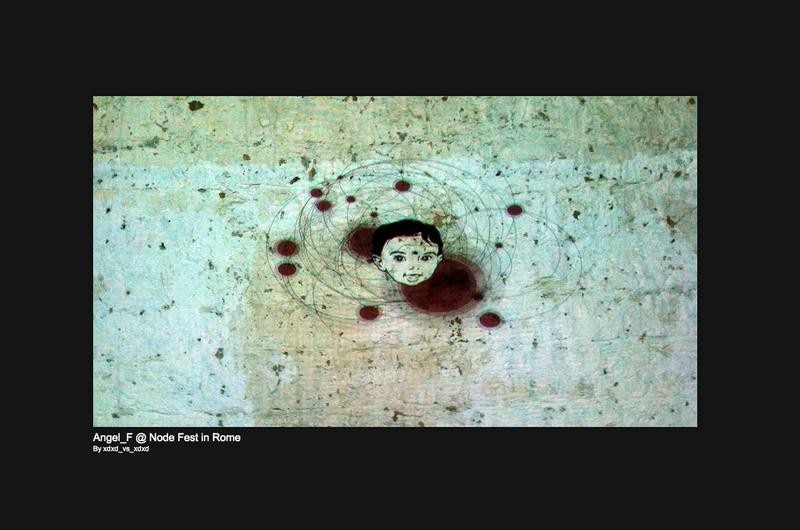
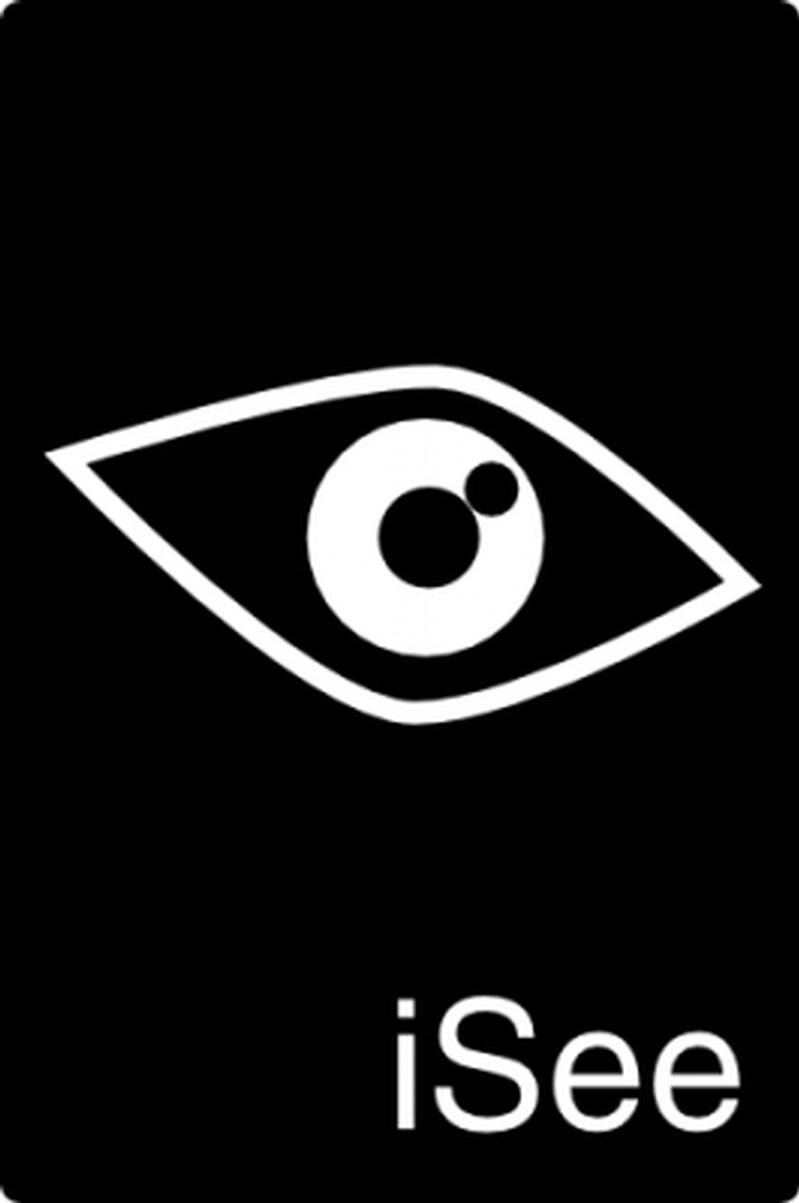
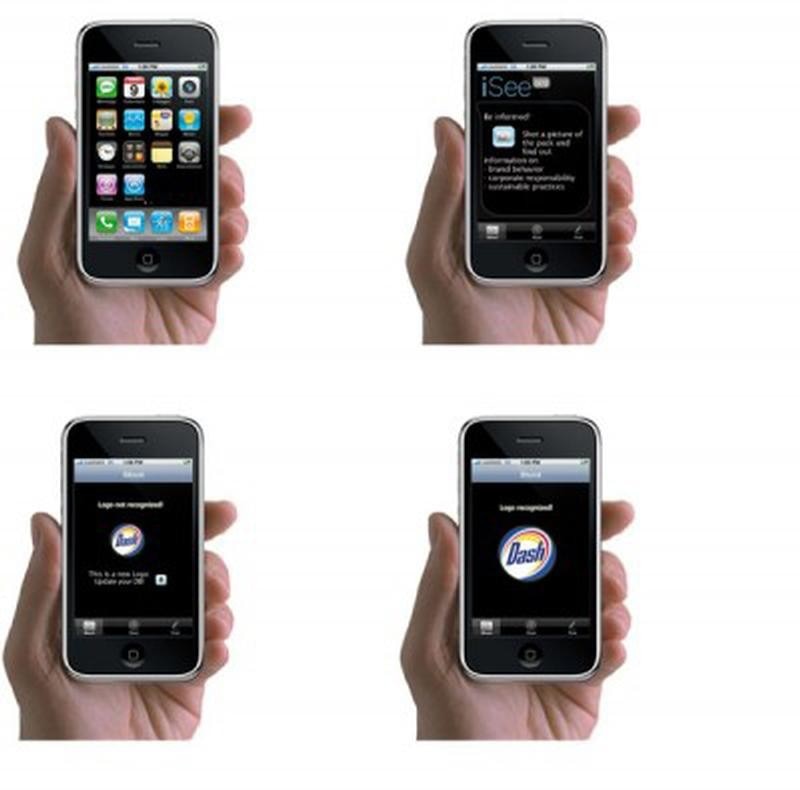
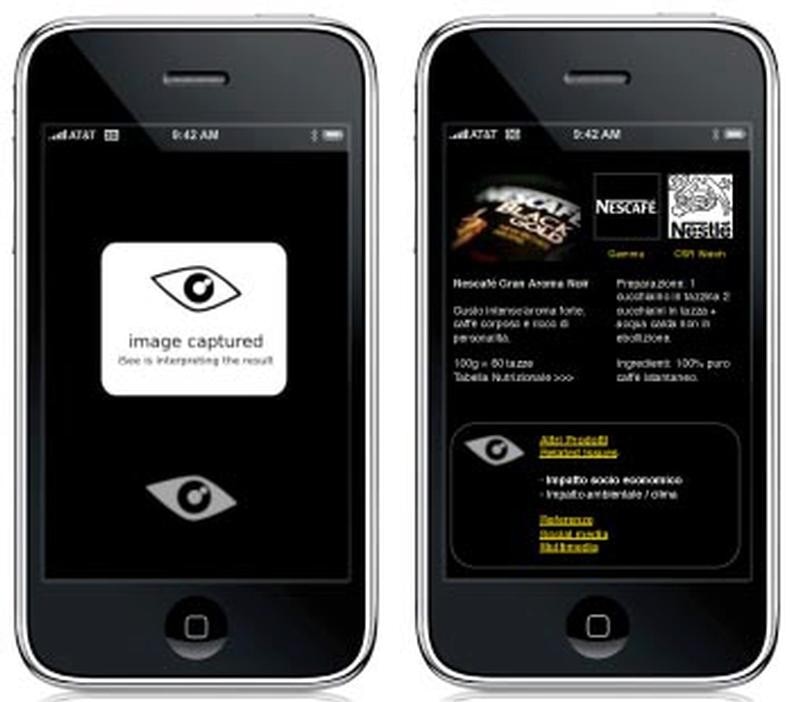
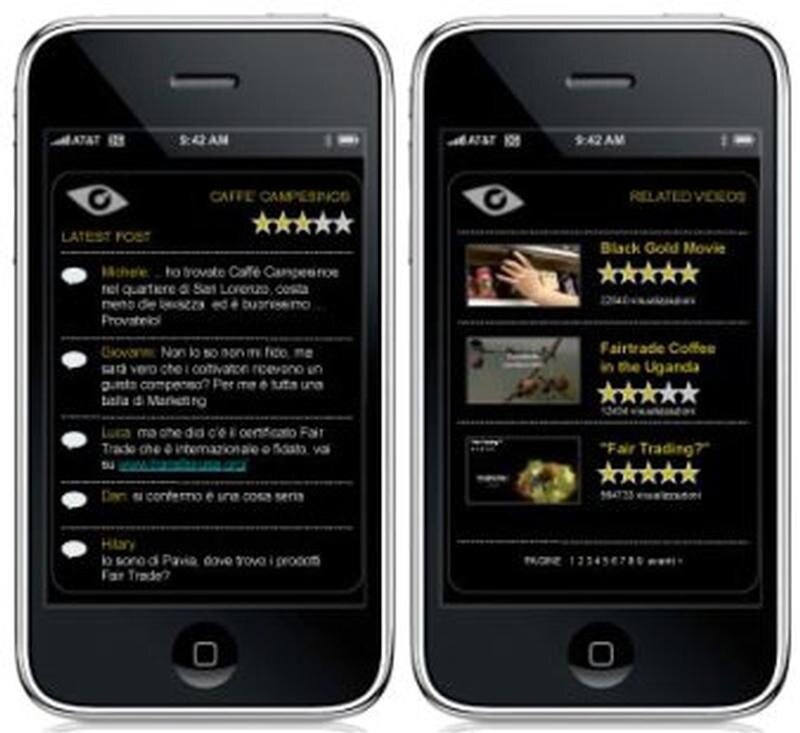
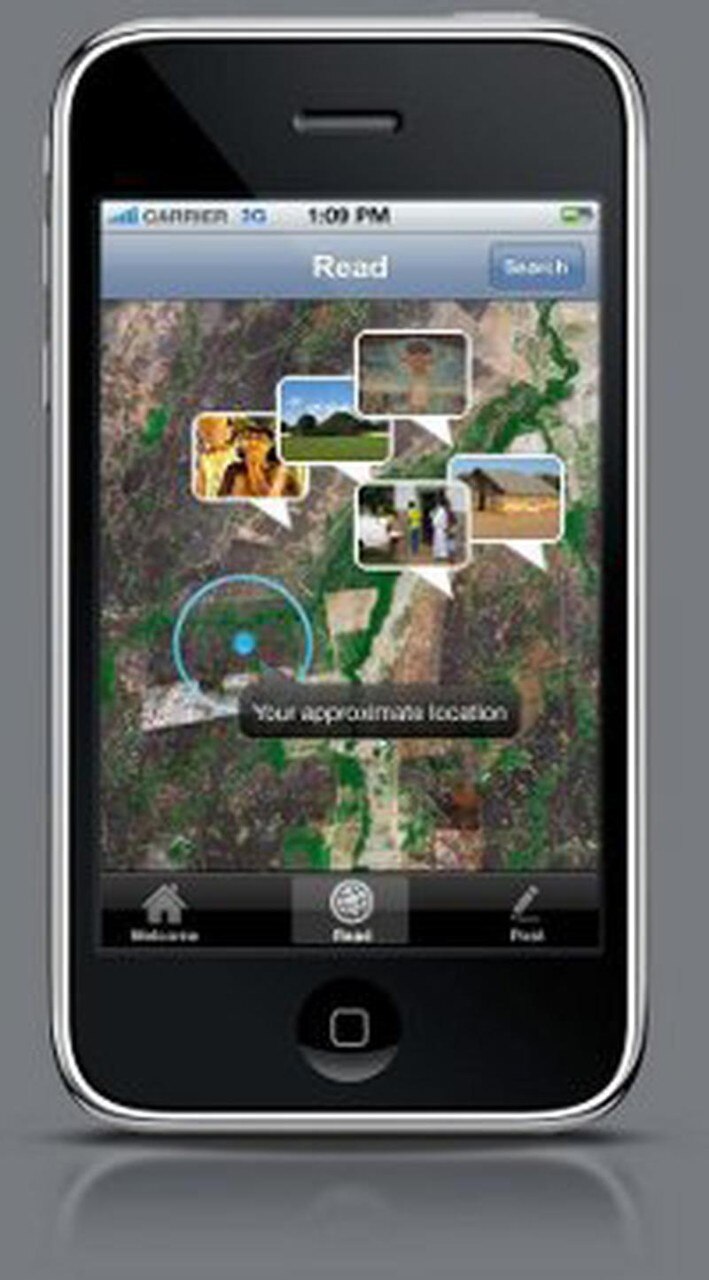
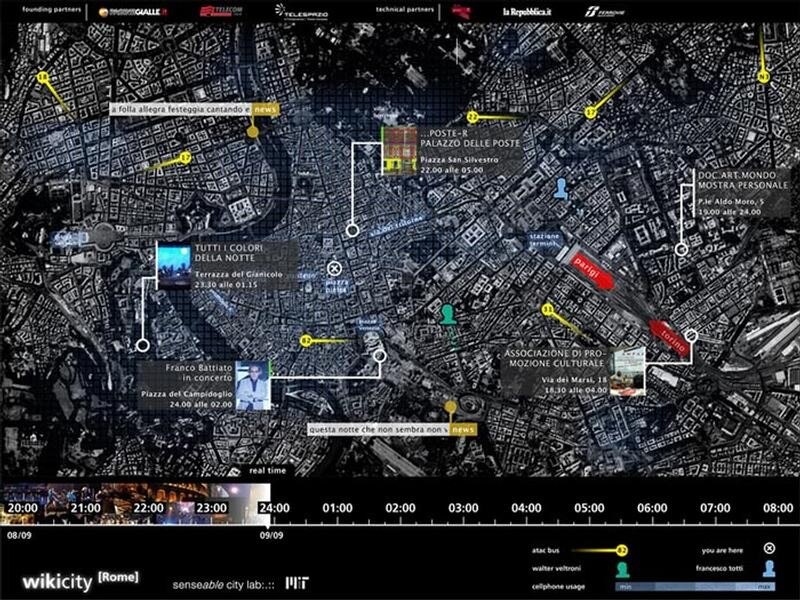
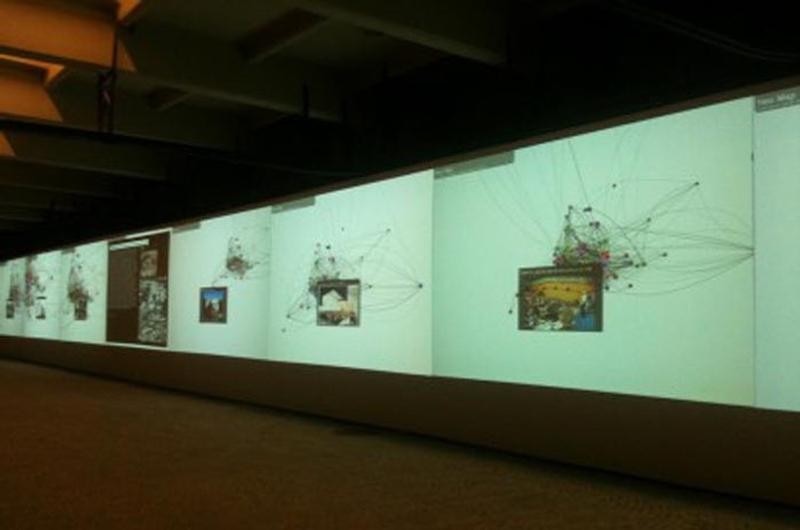
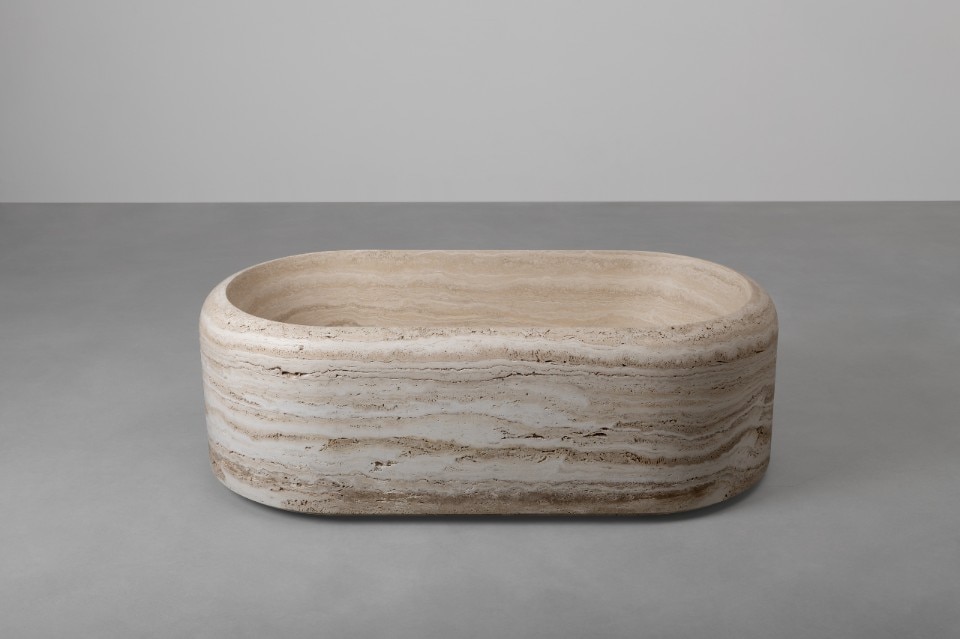
Designing from a single gesture: Vaselli’s latest collection
The Hoop series translates a morphological gesture into a family of travertine bathroom furnishings, where the poetry of the material meets the rigor of form.


